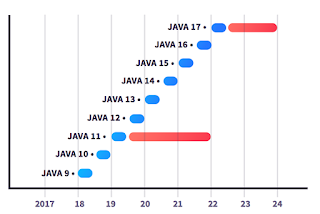
Are you still using Java 8 to run your mission-critical systems?
Are you truly using a six years old technology stack every day?
Are you already applying for a Java laggard club membership?
If you are still using Java 8, you are using technologies released in Spring 2014. You are missing all the improvements in the garbage collector, runtime engine, and various APIs.
Java 11 LTS was released in September 2018. The current LTS release is one year old. You had one year to migrate to this long-term solution version.
It is time to modernize the fundament of your application and invest a small amount of effort in it. The payback is fantastic.
